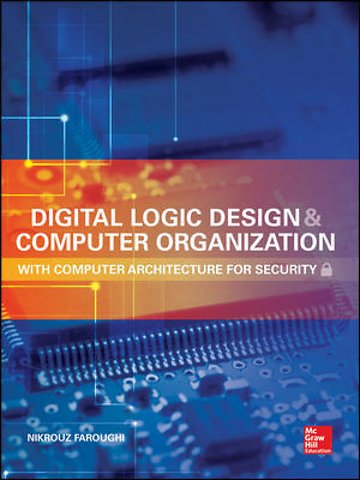Digital Logic Design and Computer Organization with Computer Architecture for Security
Gebonden Engels 2014 9780071836906Samenvatting
Publisher's Note: Products purchased from Third Party sellers are not guaranteed by the publisher for quality, authenticity, or access to any online entitlements included with the product.
A COMPREHENSIVE GUIDE TO THE DESIGN & ORGANIZATION OF MODERN COMPUTING SYSTEMS
Digital Logic Design and Computer Organization with Computer Architecture for Security provides practicing engineers and students with a clear understanding of computer hardware technologies. The fundamentals of digital logic design as well as the use of the Verilog hardware description language are discussed. The book covers computer organization and architecture, modern design concepts, and computer security through hardware.
Techniques for designing both small and large combinational and sequential circuits are thoroughly explained. This detailed reference addresses memory technologies, CPU design and techniques to increase performance, microcomputer architecture, including "plug and play" device interface, and memory hierarchy. A chapter on security engineering methodology as it applies to computer architecture concludes the book. Sample problems, design examples, and detailed diagrams are provided throughout this practical resource.
COVERAGE INCLUDES:Combinational circuits: small designsCombinational circuits: large designsSequential circuits: core modulesSequential circuits: small designsSequential circuits: large designsMemoryInstruction set architectureComputer architecture: interconnectionMemory systemComputer architecture: security
Specificaties
Lezersrecensies
Inhoudsopgave
Rubrieken
- advisering
- algemeen management
- coaching en trainen
- communicatie en media
- economie
- financieel management
- inkoop en logistiek
- internet en social media
- it-management / ict
- juridisch
- leiderschap
- marketing
- mens en maatschappij
- non-profit
- ondernemen
- organisatiekunde
- personal finance
- personeelsmanagement
- persoonlijke effectiviteit
- projectmanagement
- psychologie
- reclame en verkoop
- strategisch management
- verandermanagement
- werk en loopbaan

